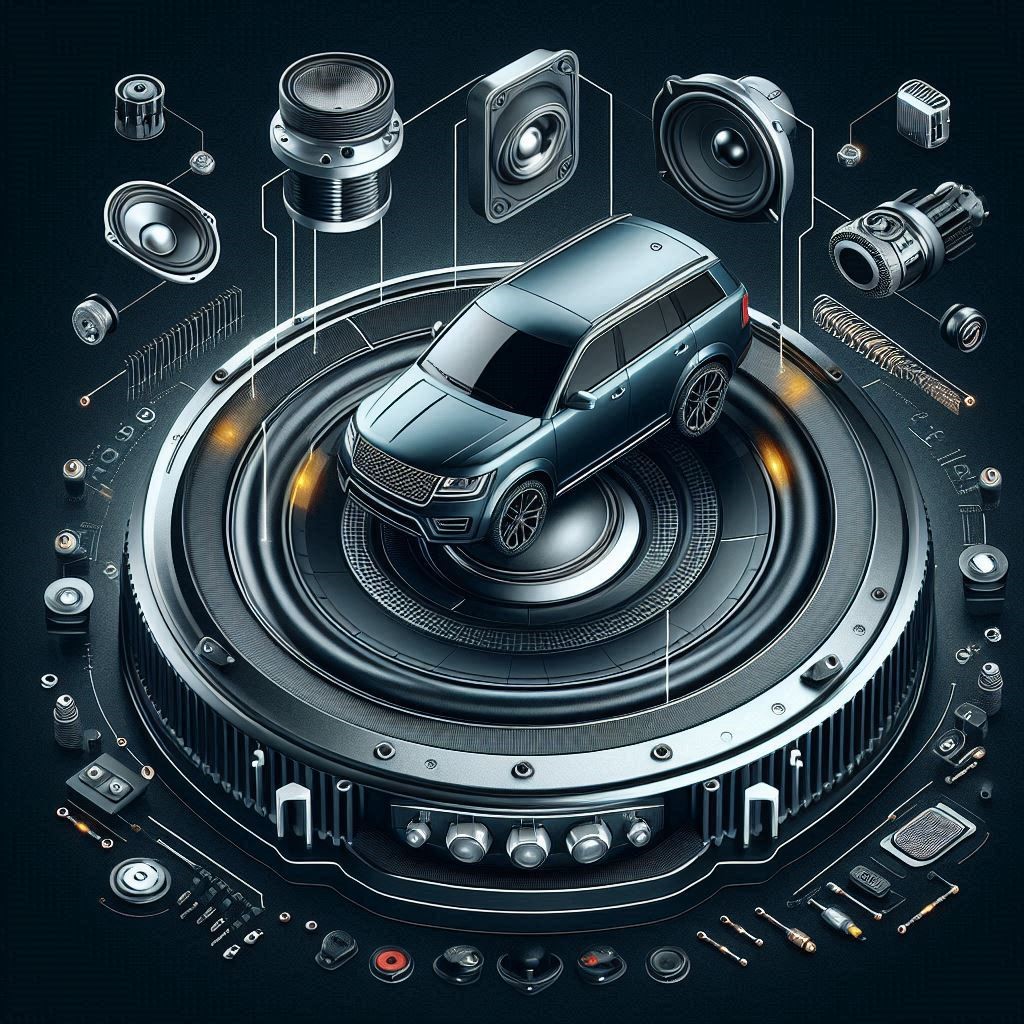As vehicles evolve into intelligent, connected, and increasingly autonomous platforms, sound systems are no longer just about playing music—they’re becoming an integral part of the in-car experience. At the forefront of this transformation is artificial intelligence (AI), which is redefining how automotive speakers function, adapt, and engage with drivers and passengers. From personalized audio zones to intelligent noise control, AI is now a key driver in the innovation and growth of the Ai in automotive speaker market.
Transforming In-Car Audio with Intelligence
Artificial Intelligence (AI) is increasingly becoming a cornerstone of innovation in the automotive industry, and one of the most exciting areas of transformation is automotive audio systems. As vehicles become more intelligent and user-focused, sound systems are evolving beyond traditional speaker setups. AI is enhancing not only the quality of audio but also the personalization, adaptability, and interactivity of the in-car audio experience.
Personalized and Adaptive Audio Experience
AI enables automotive speakers to deliver personalized sound profiles tailored to each occupant. By integrating with sensors, seat detection, and user preferences, AI systems can automatically adjust volume levels, sound direction, and equalization. For example, front and rear passengers can enjoy different audio content simultaneously using personal sound zones, with minimal audio leakage. AI also responds to changes in driving conditions—such as speed or road noise—by dynamically adjusting audio output for consistent sound quality, enhancing both comfort and user experience.
Download PDF Brochure @
https://www.marketsandmarkets.com/pdfdownloadNew.asp?id=192832677

Advanced Noise Cancellation and Cabin Quietness
AI has revolutionized active noise cancellation (ANC) systems in vehicles. Traditional ANC uses microphones and simple algorithms, but AI-powered systems analyze external and internal noise patterns in real-time and adapt to them with greater precision. This results in more effective suppression of wind, road, and engine noise, especially in electric vehicles (EVs) where traditional mechanical noise is replaced by subtle but distracting environmental sounds. A quieter cabin improves not just comfort but also safety, by making important audio alerts more audible.
Seamless Voice Assistant Integration
AI is central to the growing integration of voice assistants in cars. Whether it’s Amazon Alexa, Google Assistant, or proprietary OEM systems, these AI-based tools rely on the vehicle’s speaker system for both input (via microphones) and output. AI enhances the voice interface by filtering background noise, recognizing individual voices, and processing natural language more accurately. This allows drivers to interact with infotainment, navigation, and climate controls without taking their hands off the wheel—contributing to safer and more intuitive driving.
Immersive In-Car Entertainment
AI also enables a new level of 3D and spatial audio experiences. Using advanced algorithms, AI can render sound in three dimensions, creating immersive soundscapes that adjust to cabin shape, occupant position, and even driving behavior. AI-powered upmixing can enhance low-quality audio content, making even streaming audio sound richer and more dynamic. These features are increasingly common in premium and electric vehicles, where entertainment quality is part of the value proposition.
Predictive Diagnostics and Smart Maintenance
AI’s role goes beyond the listening experience. It also supports predictive maintenance of audio systems by analyzing long-term speaker performance. These AI algorithms detect anomalies such as distortion, imbalance, or degradation in real-time, allowing for early intervention. This improves the reliability of in-car audio and reduces service costs, while offering automakers new opportunities for proactive customer support and after-sales service.
Strategic Business Opportunities
Automakers and audio system suppliers can leverage AI to differentiate their offerings, particularly in higher-end trims. Software-based features like sound personalization, virtual upgrades, and adaptive settings allow manufacturers to deliver premium features without hardware changes. AI also supports over-the-air (OTA) updates, enabling continuous improvement of audio systems after the car is sold. Additionally, anonymized data on usage patterns—if handled ethically—can guide future innovations and in-car service offerings.
Challenges Ahead
Despite its benefits, AI integration in automotive audio comes with technical and strategic challenges. Real-time audio processing requires powerful computing hardware and seamless integration with vehicle systems. Data privacy is also a growing concern, especially with voice and behavior tracking. Moreover, balancing the cost of AI features with the affordability expectations of mass-market consumers remains a key hurdle.
Conclusion: AI is the Future of In-Car Sound
The automotive speaker market is being fundamentally reshaped by AI. From smarter sound delivery and adaptive noise control to interactive voice interfaces and predictive maintenance, AI is redefining the role of audio systems in modern vehicles. As consumer expectations for personalization and seamless digital experiences continue to grow, the integration of AI in automotive speakers will be essential—not just as a luxury feature, but as a core component of the next-generation driving experience
